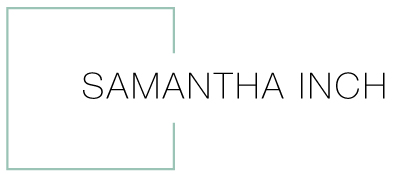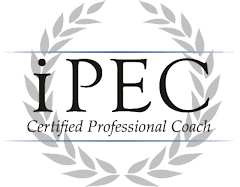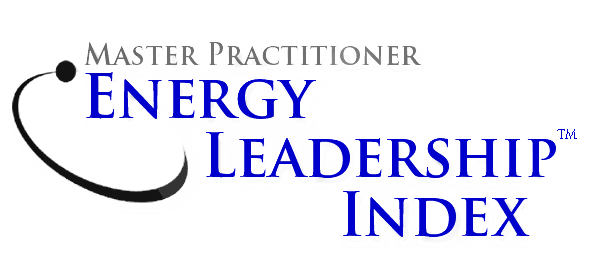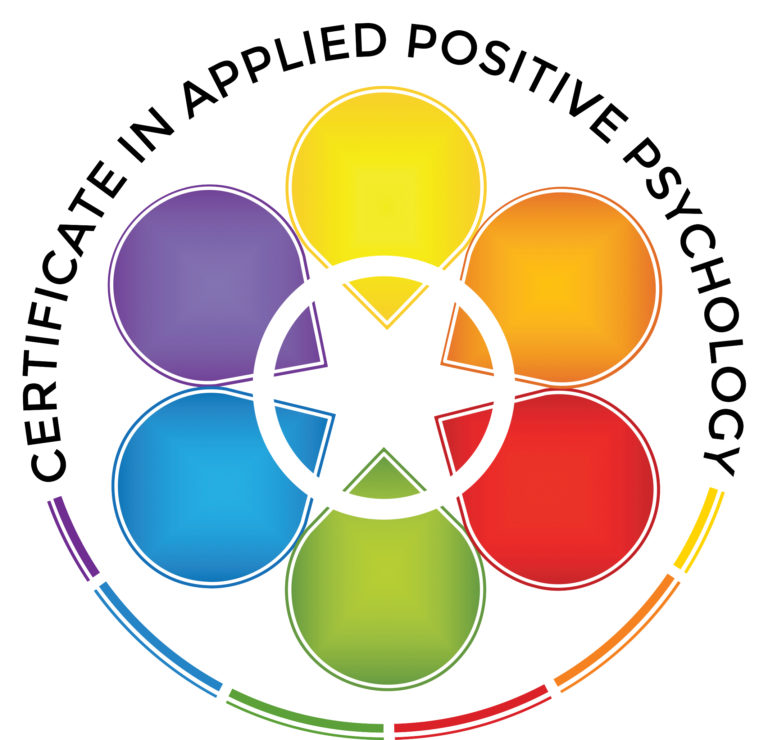At the end of each year, most of us do a bit of reflecting. Not by accident, but because the closing of one year and opening of the next marks a natural transition in our lives. I am a fan of goal setting as a way to turn those conceptual reflections into tangible accomplishments and actions on paper. I swear I’m not using this post as a way to plug my obsessive list making skills. No matter where you are in your personal and professional lives, this process will be helpful for your clarity and self-confidence. It also forces you to separate the relevant from the irrelevant and helps you set some distinct bars for yourself to reach. I truly believe in this process as as a healthy end-of-year mental cleanse.
Last night, my friend and leader of the Levo League Philly chapter, Whitley Harris, led a workshop on her method to goal planning. It is a timely and quick way to organize and prepare yourself for the new year. While there are longer and more in depth planning methods available, I highly suggest going through this very manageable process before January. It takes less than two hours and it won't overwhelm you.
2014
The reflective portion of the exercise focuses on your year in review. It starts with identifying and recording your top moments/experiences/lessons in a lists of threes. You’ll find that the process of writing down honest answers is incredibly powerful. Remember, you are proud of your authentic self – there is no need to embellish or fib about your answers. Take some time to think about your most impactful moments – positive or negative.
• Your top three successes and challenges
• The top three moments where you were kind to yourself
• The top three things you learned about yourself
• The top three things you let go of
• The top three words you’d use to summarize 2014
2015
The meaty planning portion of the exercise is about identifying what is most important to you and then narrowing that list down to create attainable, actionable goals.
• First, list all of the values that are important in your life. For example: authenticity, growth, health, improvement, independence, happiness, inspiration, family, love, relationships, etc.
• Then, narrow that list down to your top five values that will serve as the driver behind all of your actions in 2015.
• Next, create a list of the major categories in your life. Family, career, hobbies, self improvement, relationships, giving back, etc.
• Once that list is developed, space the categories out so you have room underneath each header to define your goals. Start with one bucket. Create one long term goal (major life goal), and follow it with several shorter, more actionable steps that you can use as milestone markers toward that goal (think three-month, six-month, nine-month, etc.)
• Rinse and repeat. Do the same thing for each major category on your list, keeping in mind your prioritized values within each.
The establishment of your goals will serve as your guide for 2015. You can transfer your lists to a one page document that you can leave on your refrigerator or take with you to work everyday. Each month, you can measure yourself against your goals to track progress. If you are one who can’t function without your mobile, and prefer to use an app to plan, this list of apps is available for download to assist you in your goal planning.
Happy reflecting!












